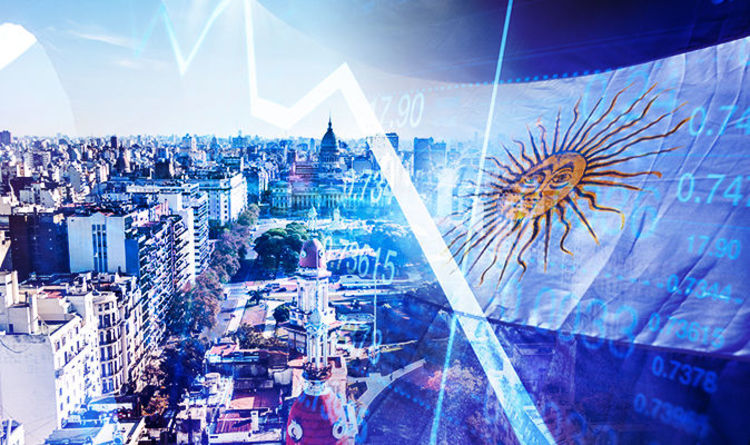RIO DE JANEIRO, BRAZIL – Global markets sneeze and Argentina gets the flu. This Monday, July 19, world stock markets fell about 2% under the negative influence of the advance of the Delta variant of the coronavirus. What is registered as merely negative data in the world begins to be dramatic in Argentine stocks: in ADRs listed in New York, the losses are almost 10%.

On Wall Street, the most penalized paper among Argentine securities is Cresud, down 9.2%. All national stocks are down: banks show losses between 2 and 4%, YPF falls 3.4% and Irsa falls 5%. Even unicorns are not spared: Mercado Libre loses 1.1% and Globant 0.4%.
At the local level, the stock market in Buenos Aires opened down 2.5%, which decreased during the hours: A few minutes before the close, the Merval was down 1.35%. The central panel traded down 90% and the biggest drop was also recorded by Cresud, down 5.6%.
World stock markets fell on Monday, especially in Europe, in a session marked by growing concerns about the Delta variant of the coronavirus and the increase in cases in the Old Continent, which also hit oil prices.
After a day in which most indexes in Europe fell more than 3 percent, Paris closed down 2.54 percent, London down 2.34 percent, Frankfurt down 2.62 percent, Milan down 3.34 percent, and Madrid down 2.40 percent.
By afternoon, Wall Street recorded similar figures: The Dow Jones index lost 2.52 percent, while the Nasdaq was down 1.38 percent at the open.
Asian markets also closed Monday with losses due to high inflation in the United States and the spread of the Delta variant of the coronavirus. “Fears about future (economic) growth given the spread of the delta variant are certainly a concern,” one analyst acknowledged.
BLOW TO COUNTRY RISK
The JP Morgan indicator, which measures the excessive interest rate Argentina would pay if it could borrow, rose 2.1% to 1621 basis points. It is the highest level since March 11, when it reached 1631 points.
This JP Morgan indicator measures the rate differential of US Treasury bonds with emerging issues.
Since that peak in March, the country’s risk declined until it reached a low of 1460 points on June 7. From there it started to worsen until three weeks ago when it climbed back above 1600 points. It had a new rebound and today, as the markets are in crisis, it has risen above that level again.
This happens simultaneously with the jump of the “blue” (unofficial) dollar, which this Monday again hit the mark of 180 pesos. This brings the gap with the official dollar to 87%, an uncomfortable area for the government as it threatens to put further pressure on inflation.
The so-called blue dollar is the parallel rate of local currency to US$ in Argentina. This is the cost of buying and selling physical dollar bills in a cueva, or clandestine financial house in Buenos Aires.

